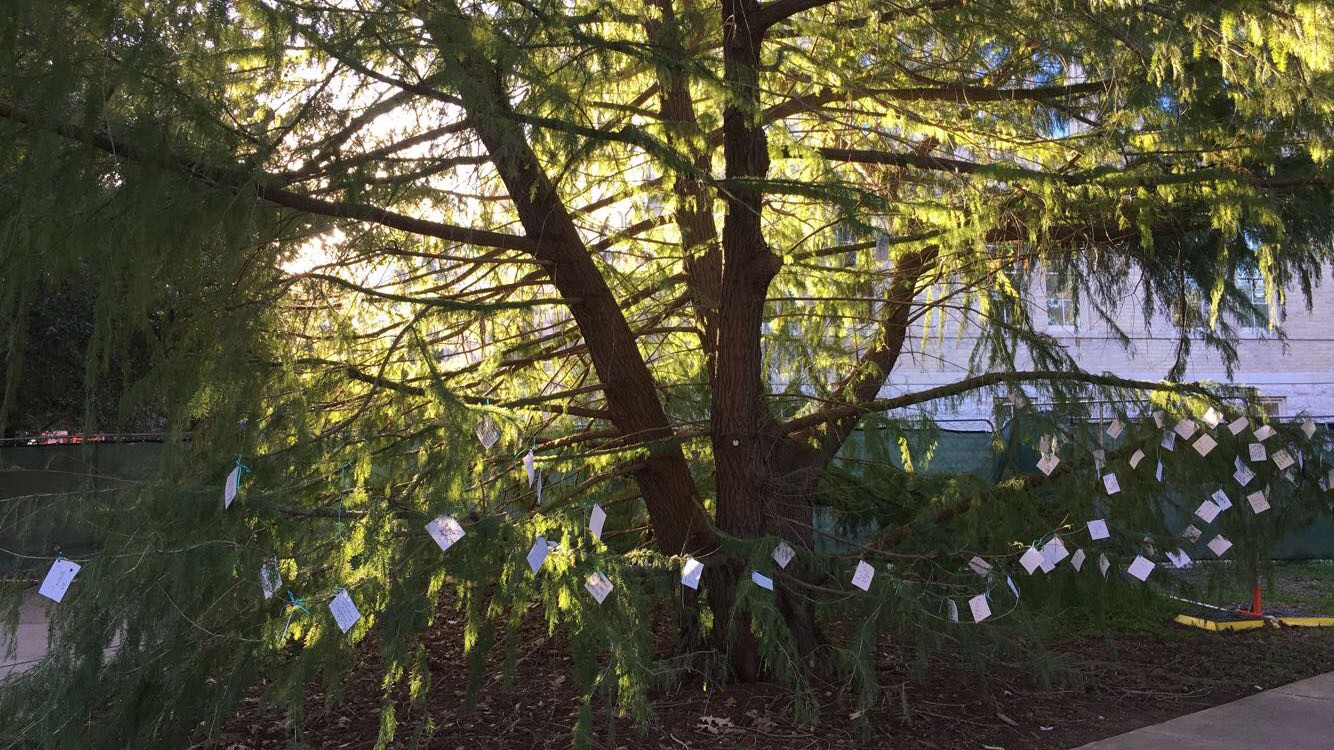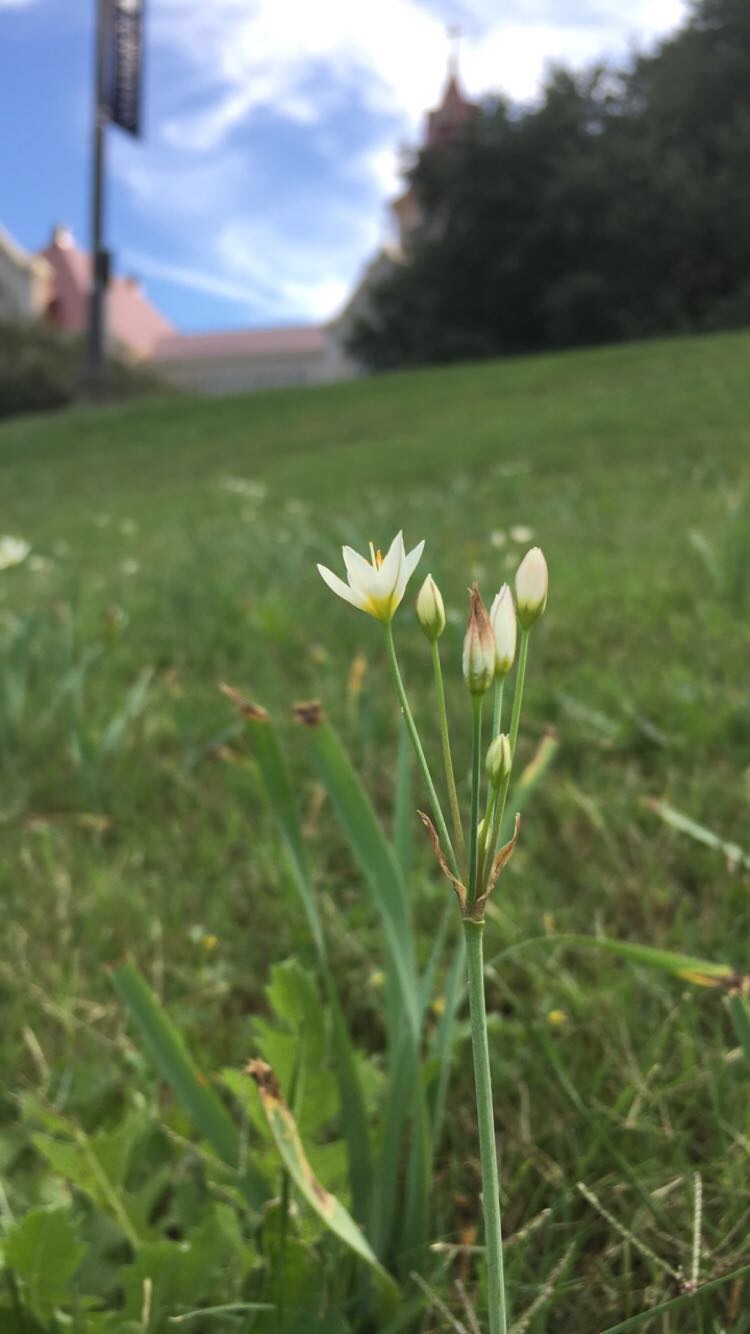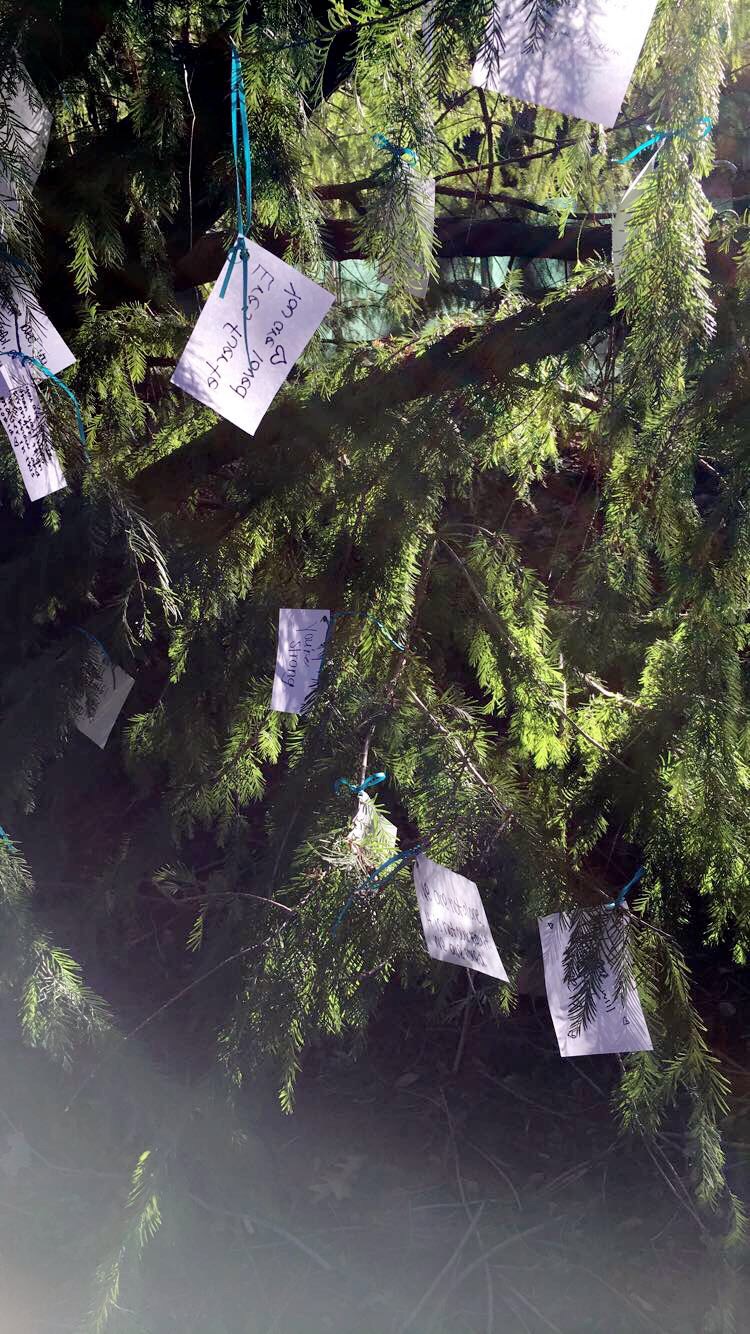Part One
Annie and Nate Austin worked together to create the self-funded video game “Wildermyth”. Nate Austin worked in the technical side, while Annie Austin worked in the artistic aspect to create their game. Through their own love of storytelling and video games, they took aspects from other fields that they enjoyed to create the video game that they wanted. Inspired by tactical combat, character creation from the person-to-person dice game “Dungeons & Dragons”, and fantasy settings, the Austins got together a group of friends and relatives to put love and effort into a creation. There were a few hiccups along the way, including conversion of art to graphics, and basic programming. The Austins and their crew learned to play on each others strengths and keep people on who were loyal to the game. There were only a couple times when someone left and one time when they had to hire someone to help with their game, yet this was still someone who wanted to do it — not solely for the purpose of getting paid. They learned lessons of what to and not to do, such as only building your own tools if absolutely necessary, using existing tools, and listening to your audience for what they want. They were taught things by players that they hadn’t known or realized before, which only came when they worked with their audience (outside feedback is of great importance as you get too used to your own game quickly). In the artistic aspect, it is important to not feel too personal to any one creation, as more than likely it will get scrapped and completely re-done. It is important to decide on the feel of the character design and understand that everyone can make changes, as the effort to making the game is that of a team.
Part Two
- What was the process or idea that started you in your knowledge of what you wished/wanted to do?
- I have heard many accounts of students and people who thought they wanted to do something but then accidentally stumbled upon something else and everything turned out dandy. What would you suggest besides the old “pick up your feet and try again” method should someone start to doubt themselves? How should they go about “picking themselves up”?
- What advice do you have for students who don’t know what they want to do, or are unsure?
- To be an artist in the gaming/movie industry, what methods would you suggest or know of to achieve that goal?
- How does one know that they are in the right place? Major-speaking or what have you? If I am not sure I know what I want, how can I start finding the right questions to ask to figure out what I want and need to be?
- How do I know if I’m good enough for what I’m passionate about? Passion only goes so far in businesses — how do I know if I’m worthy of it?
- What’s the difference between liking something and being truly passionate about that thing?





